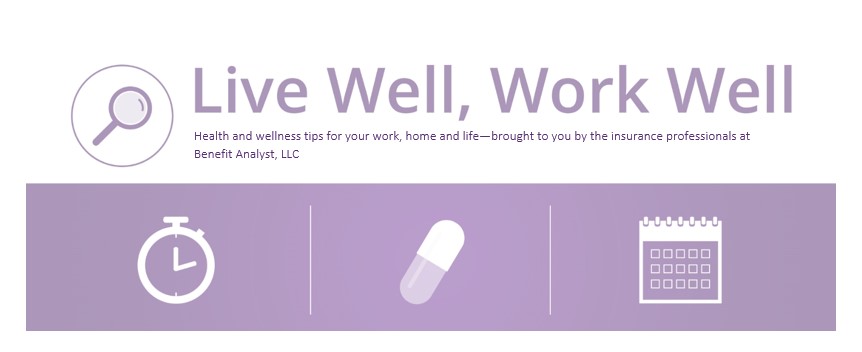Benefits Breakdown

Benefits Offerings to Avoid the Great Resignation
Employees are walking away from their employers in record numbers; some are calling it the “Great Resignation.” A Prudential survey conducted toward the end of 2021 found that 46% of workers were actively seeking or considering finding a new job, and labor statistics backed those findings. According to the U.S. Labor Department, approximately 4.5 million workers quit their jobs in November 2021, setting a new record.
This might appear like welcome news for employers looking to hire—greater unemployment means more potential job candidates. However, confoundingly, there were still around 1.5 available jobs for each unemployed person near the end of 2021, according to USA Today. And, for the last six months of the year, job openings posted by employers topped 10 million, according to the U.S. Labor Department.
This information helps illustrate the key problem employers face right now: Workers are willing to quit jobs—and turn down open positions—that don’t satisfy their needs. Expanding employee benefits offerings is one of the best ways employers can show they provide workers with more than just a paycheck. The following are some of the most attractive perks employers are using to strengthen their attraction and retention efforts:
- Affordable health plan options
- Retirement benefits
- Flexible working conditions
- Personalized well-being resources
Family-oriented Perks That Matter to Employees
Currently, many workers juggle work and caregiving responsibilities, thanks largely to the COVID-19 pandemic. In fact, according to a survey from Boston Consulting Group, 60% of U.S. parents report that they’ve had no outside help with child care during the pandemic. With that in mind, it’s safe to assume there are employee caretakers within virtually every workplace. Thus, employers may want to consider expanding employee offerings that can assist these working families.
Here are some methods that can help:
- Encourage employees to request flexible work arrangements that allow them to balance work and personal responsibilities.
- Reassign job duties that employees are unable to perform because of caregiving responsibilities.
- Post employee schedules as early as possible for positions with changing work schedules.
Balancing work and caregiving responsibilities can be difficult and contribute to decreased productivity, poor mental health and increased stress among employees. But, with meaningful, family-oriented workplace initiatives, employers can help reduce these negative effects.



 WHAT IS WELL-BEING?
WHAT IS WELL-BEING?